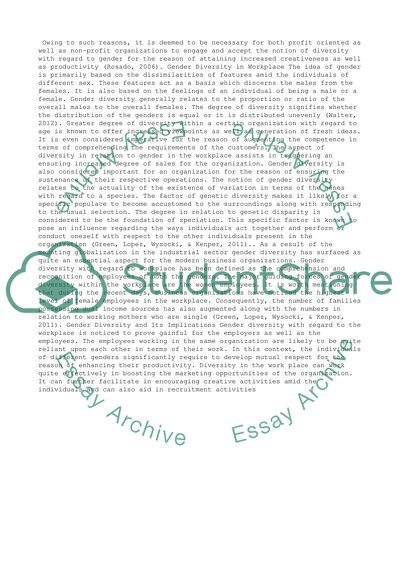Cite this document
(“The Benefits of Gender Diversity in the Workplace Research Paper”, n.d.)
Retrieved from https://studentshare.org/business/1400083-the-benefits-of-gender-diversity-in-the-workplace
Retrieved from https://studentshare.org/business/1400083-the-benefits-of-gender-diversity-in-the-workplace
(The Benefits of Gender Diversity in the Workplace Research Paper)
https://studentshare.org/business/1400083-the-benefits-of-gender-diversity-in-the-workplace.
https://studentshare.org/business/1400083-the-benefits-of-gender-diversity-in-the-workplace.
“The Benefits of Gender Diversity in the Workplace Research Paper”, n.d. https://studentshare.org/business/1400083-the-benefits-of-gender-diversity-in-the-workplace.


